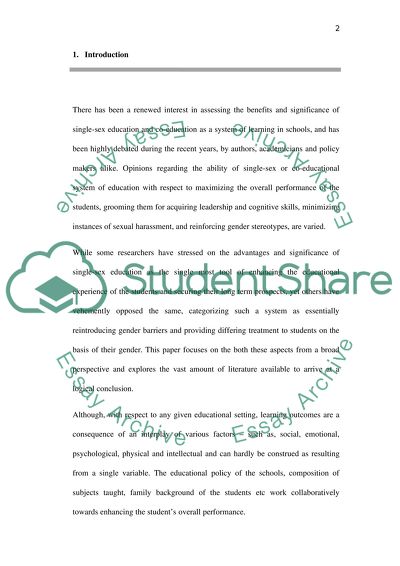Cite this document
(Single-Sex Education and Co-Education Assignment, n.d.)
Single-Sex Education and Co-Education Assignment. Retrieved from https://studentshare.org/education/1564504-single-sex-education-and-coeducation
Single-Sex Education and Co-Education Assignment. Retrieved from https://studentshare.org/education/1564504-single-sex-education-and-coeducation
(Single-Sex Education and Co-Education Assignment)
Single-Sex Education and Co-Education Assignment. https://studentshare.org/education/1564504-single-sex-education-and-coeducation.
Single-Sex Education and Co-Education Assignment. https://studentshare.org/education/1564504-single-sex-education-and-coeducation.
“Single-Sex Education and Co-Education Assignment”, n.d. https://studentshare.org/education/1564504-single-sex-education-and-coeducation.


